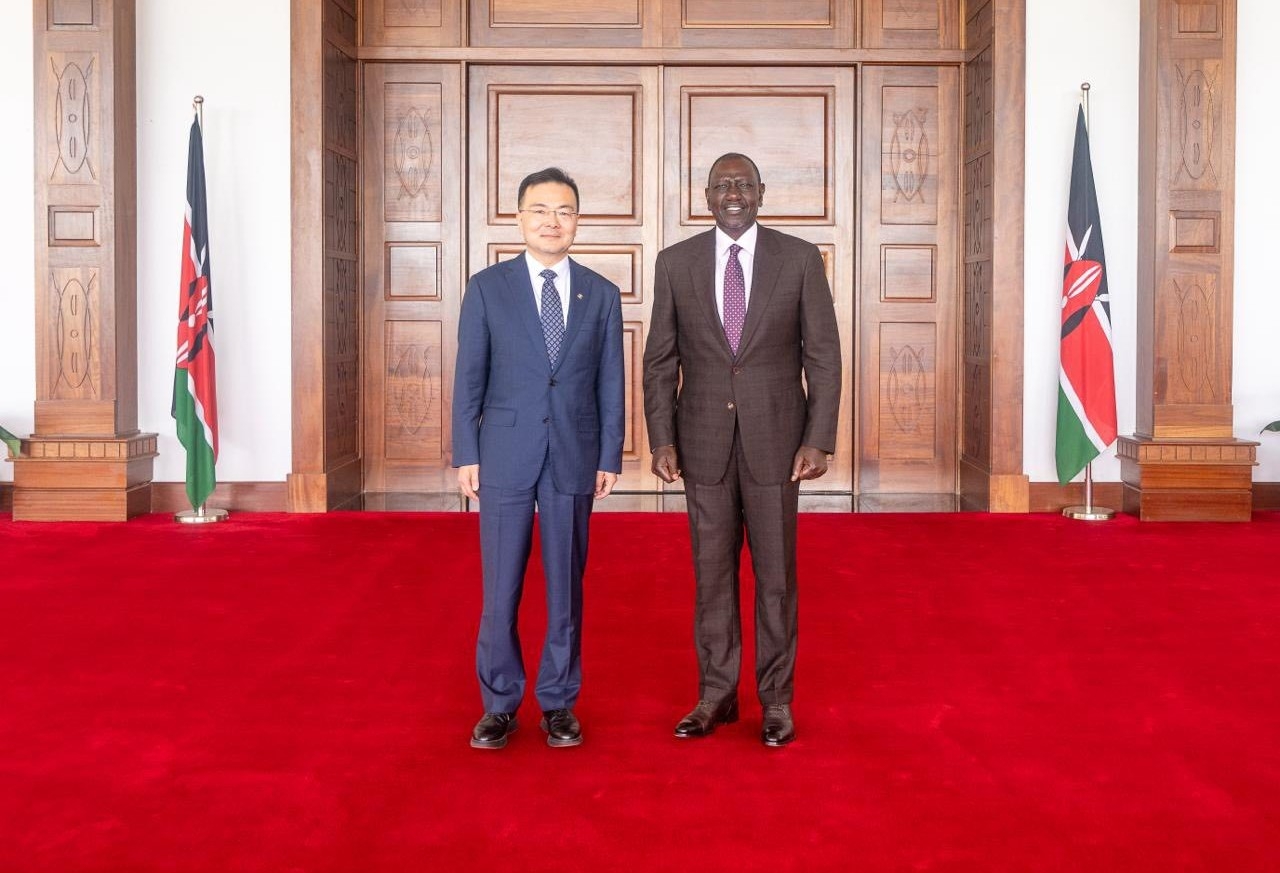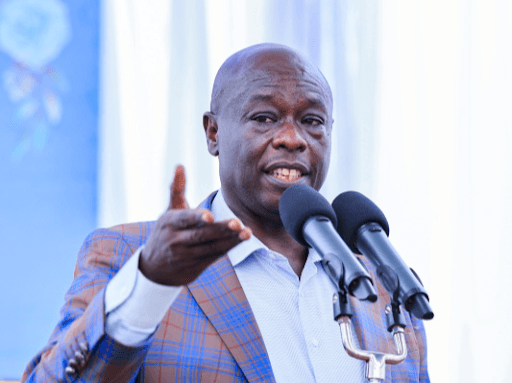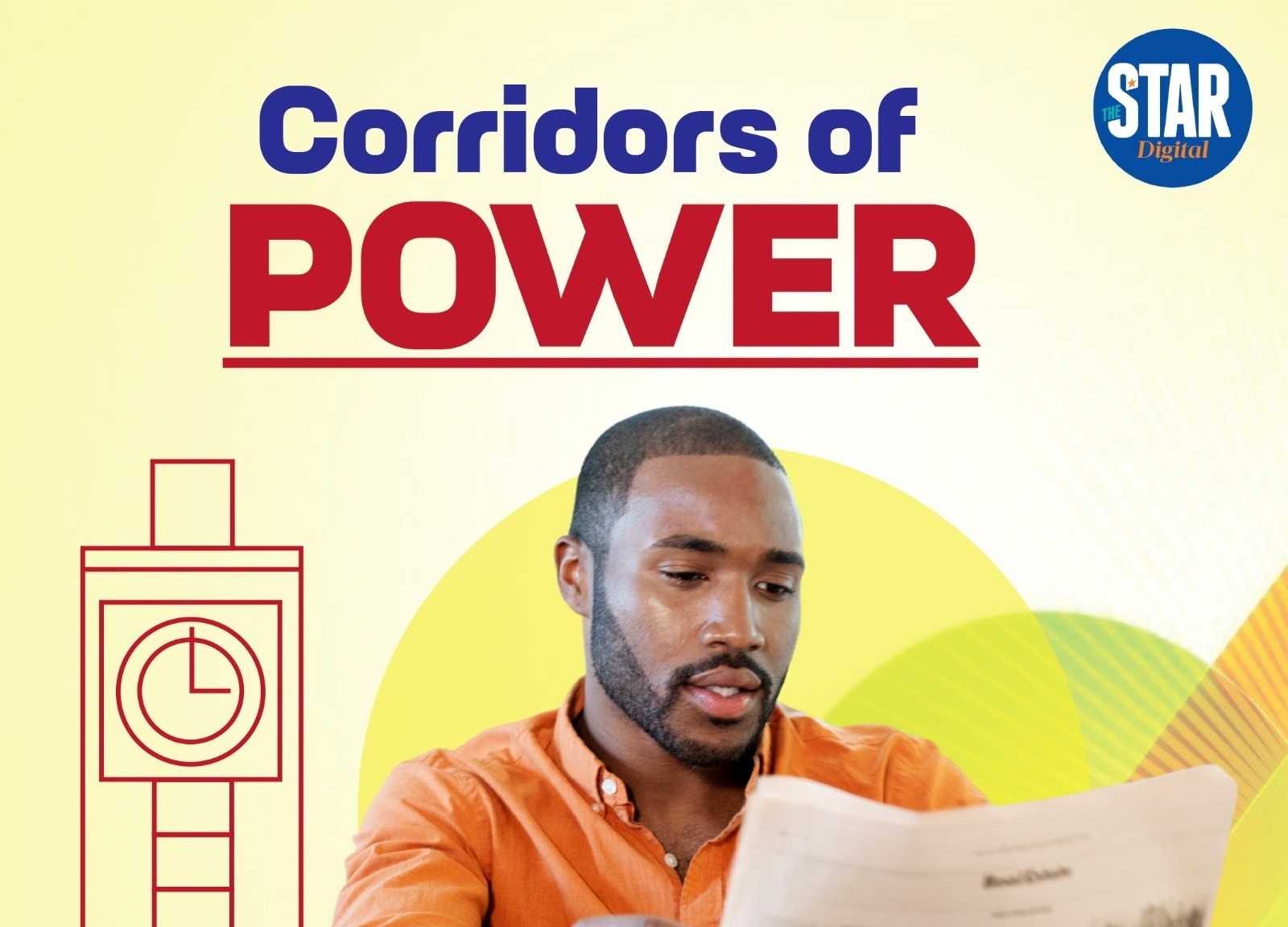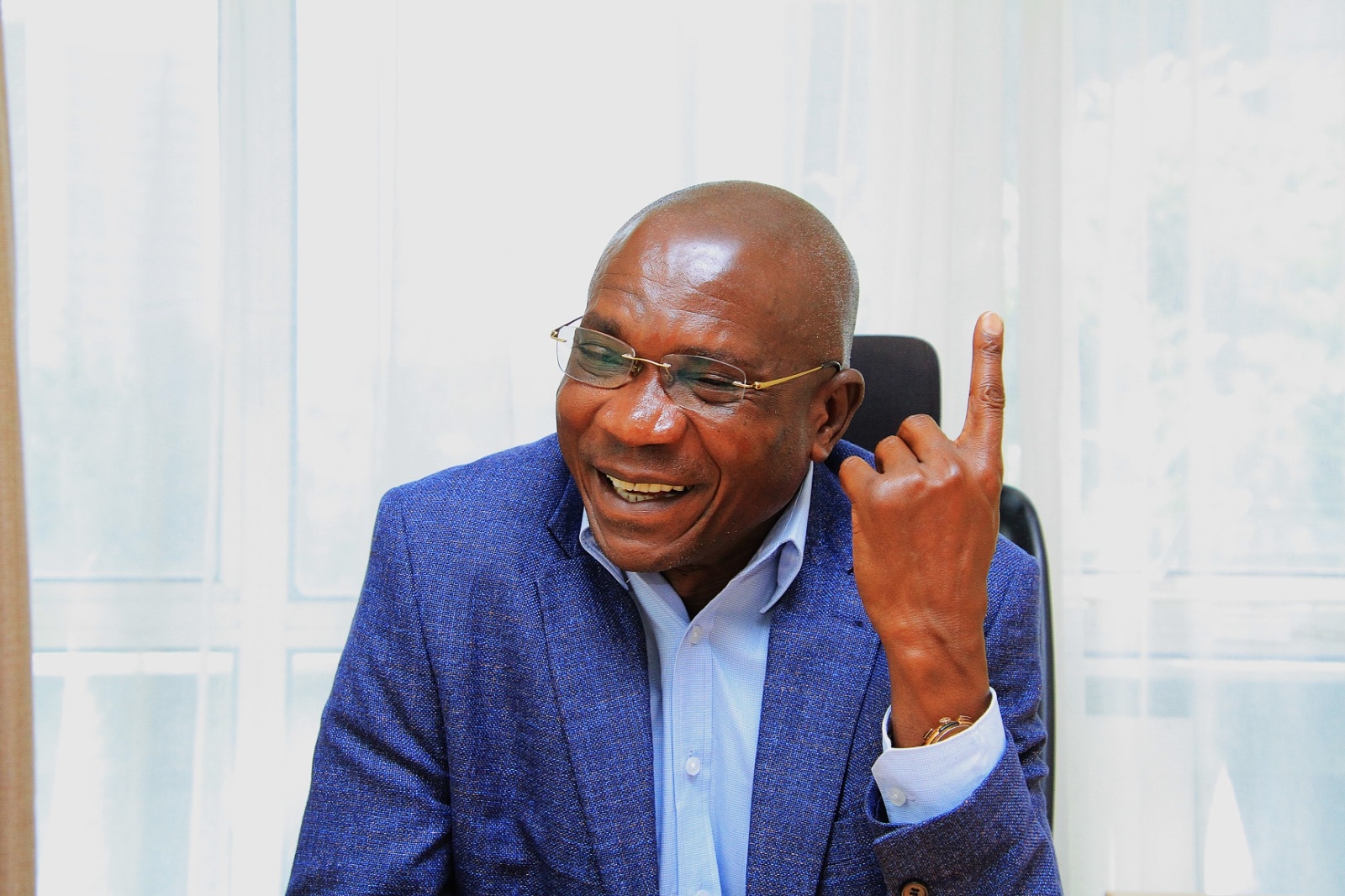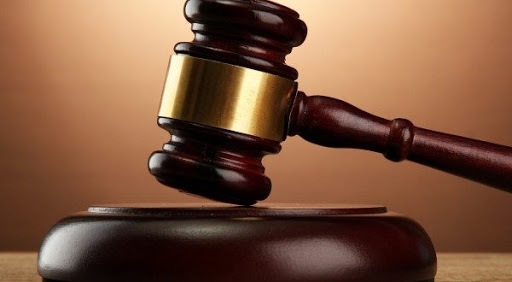Despite the barrage of high-octane succession politics, President Uhuru Kenyatta remains focused on his legacy projects, countering criticism he hadn't fulfilled his promises.
In the last few months, he has hit the road/campaign trail, inspecting mega infrastructure projects.
He's a man in a hurry to complete most, if not all, the projects before he exits office after the August 9 general election.
In some cases, he has ordered contractors to work round the clock to deliver the projects ahead of deadline.
“The President’s legacy is secure. He is just proving to his critics that he been doing what he has promised to do all along,” political observer Mark Bichachi told the Star.
Governance consultant Charles Munyui said the President is not in a rush but is keen to ensure the projects are completed on time.
“That is why he is keen on having an individual [successor] who will be able to take up the projects and not abandon them, including the ones that have been prioritized but have not started,” he said.
The Star has established the President has kept his technocrats, including Cabinet secretaries, on their toes. Officers are required to submit regular updates on the progress of projects.
For months last year, Deputy President William Ruto and his lieutenants insisted the Jubilee administration had failed to deliver development projects after the handshake — pouring all his energy instead into the BBI.
That narrative is becoming more difficult for the DP to sustain as Uhuru showcases his achievements.
In public addresses, the President has rubbished the criticism and said his administration has actually performed better than all three governments that preceded his.
“In eight years, my administration has multiplied what the previous administrations had done by a factor of two,” Uhuru said during his State of the Nation address in Parliament last November.
The head of state said his eight years in power have witnessed transformation of the country across all sectors.
His apparent rush to deliver appears to be sending a message to his critics.
In a whirlwind development tour on Wednesday last week, the President visited the new Inland Container Depot in Naivasha, the Kisumu Shipyard and the new Mbita Bridge in Homa Bay.
The ICD is meant to ease pressure on the Nairobi Inland Container depot and decongest the Mombasa port.
The President witnessed the trans-shipment of container cargo from the standard gauge railway to the metre gauge railway.
“The Naivasha ICD, which is among the President's key infrastructure projects enabling the Big Four Agenda, will handle mostly transit cargo to the Great Lakes Region,” State House said on Tuesday last week.
The President then boarded the cargo train to Longonot, ostensibly to access the efficiency of the train.
The ICD will be a transshipment hub for East Africa’s cargo. It is where the new SGR from Mombasa to Naivasha meets the newly refurbished MGR from Naivasha to Malaba.
It is estimated that the SGR/MGR link will move cargo six times faster by rail than by road from Mombasa to Malaba.
Currently it takes approximately seven days to transport cargo by road from Mombasa to Malaba. With the new SGR-MGR link, the same distance will be covered by rail in about 28 hours.
On the same day, Kenyatta flew to the Sh3 billion refurbished Kisumu port in Kisumu county.
He toured the port, the Kisumu shipyard and inspected construction of MV Uhuru II wagon ferry, dry dock and slipway.
The construction of the wagon ferry was commissioned by the President and his Burundi counterpart Evariste Ndayishimiye in May last year.
The ferry is being constructed from scratch by the military. This is the first time a ship is being constructed at the port.
The MGR and the port are expected to spur economic growth as it will open up trade with Uganda, Tanzania and Central Africa.
Uhuru then inspected the new Mbita Bridge that replaced the 1983 causeway.
The government is dredging the area to remove the heavy siltation that has hindered human activities, including lake fishing and marine transport.
On January 9, the head of state and China’s visiting foreign minister, Wang Yi, inspected construction of the new offshore Kipevu Oil Terminal at the Port of Mombasa.
When complete in March this year, the 770-metre-long jetty will be the largest of its kind in Africa. It is 96 per cent complete.
It will have the capacity to offload and load all types of petroleum products, including crude oil, white fuels and LPG on very large sea tankers.
“The new facility will be able to reduce not only the cost of fuel but also to ensure Kenya can consistently have an adequate supply of fuel for our daily and development needs, " a resident said.
Towards the end of last year, the head of state inspected the Sh63 billion 27.1km Nairobi Expressway.
“I am confident that with their speed, they are bound to meet the March completion date," the President said on December 23.
The eight-lane elevated carriageway is expected to decongest Mombasa Road and reduce travel time between Mlolongo and Westlands to about 20 minutes.
During his State of the Nation Address and Mashujaa Day celebrations, Uhuru outlined his achievements in a bold move, countering his critics.
Uhuru said that since taking over from President Mwai Kibaki in 2013, his government has almost doubled Kenya’s road network, building 10,500km roads in eight years.
The President said before 2013, Kenya had only 11,200km tarmacked roads constructed by four previous administrations in 123 years, including the colonial administration.
Uhuru named the link roads connecting Kenya with at least five neighbouring countries, the yet-to-be-completed Nairobi Expressway between Mlolongo and Westlands, the standard gauge railway and some mega infrastructure projects transforming the country.
Others are the Sh27 billion Mau Mau cluster roads connecting the counties of Kiambu, Murang’a, Nyeri and Nyandarua. They cover 540km.
There is also the dualling of the 84km Kenol-Sagana-Marua carriageway on the Great North Highway.
The Sh30 billion highway stretches Kenol township in Kirinyaga county and Kambiti in Machakos and Marua.
Kenyatta is also keen on launching mega dams at Thiba in Kirinyaga, Thwaka in Makueni and Kariminu in Gatundu North.
Regarding the access to power, the President said his administration has doubled the country’s electricity grid since taking over power from 1300MW to 2600MW.
This, he said, translates to 325MW installed every year under his administration. He said the number of Kenyans connected to electricity has risen from 2.3 million in 2013 to 6.3 million in 2021.
Compared with other African countries, Uhuru said while Egypt comes second in terms of connectivity, his administration connected 1.7 million more households than Egypt in just eight years.
“...and guided by our acceleration model, we have been connecting approximately 787,500 households every year, or an average of 2,000 connections a day since,” he said.
(Edited by V. Graham)




